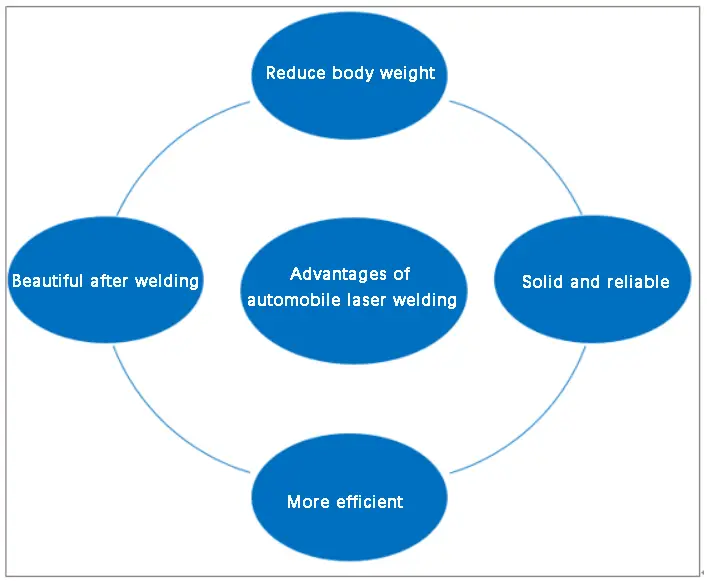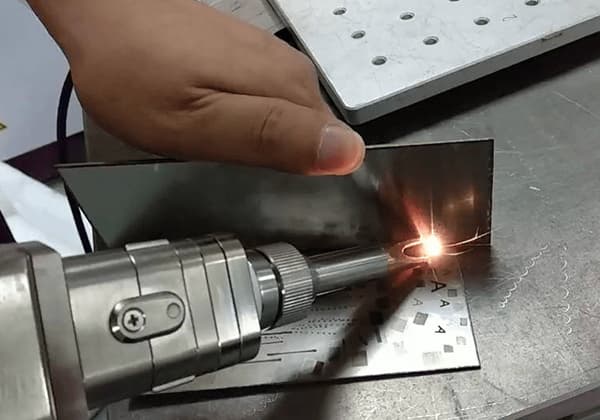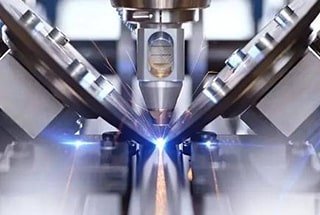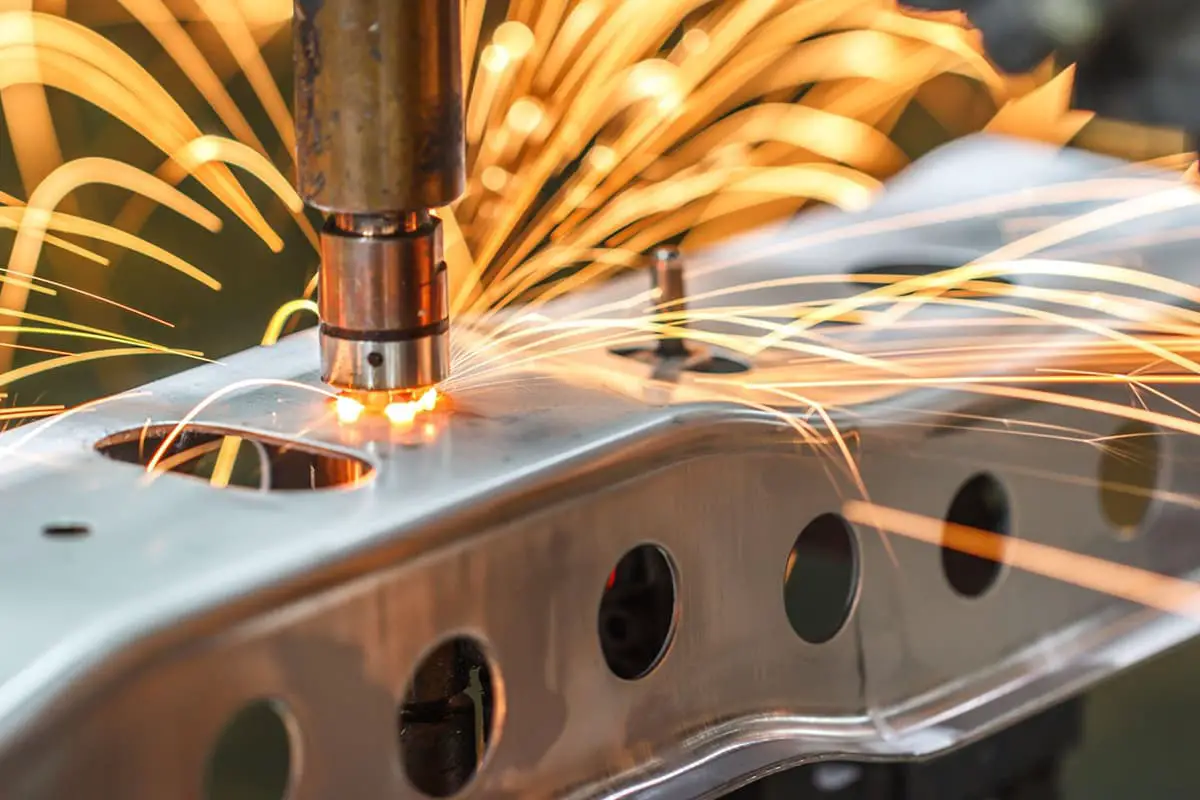With the constant advancement in laser power, high-power laser welding automation solutions are increasingly being utilized in high-end manufacturing, leading to its growth as a new application of laser welding.
The transformation and upgrading of the manufacturing industry is driving its implementation, as the benefits of high-power laser welding equipment in processing become more apparent. The application rate is especially growing in the processing and manufacturing of metal materials and parts.

Application of laser welding in automobile
At present, the primary applications of laser welding in the automotive industry include welding unequal thickness plates, laser assembly welding for body and sub-assembly, and welding of automotive components.
Laser welding is well-suited for mass production, which aligns with the high output of automobiles. Additionally, the high degree of automation in automotive manufacturing also aligns with the automated nature of laser welding.
There are several advantages of using laser welding in the automobile industry:

(1) Reduces Body Weight:
Adopting laser welding in the automotive industry can reduce the overall weight of the vehicle by 50-100kg compared to other welding methods, as the welding rod does not have to be melted.
(2) Firm and Reliable:
Laser welding is known for being firm and reliable, as the strength of the laser welded parts is higher. The tensile test results show that it takes approximately 3500N of force to break a welding spot, while the weld strength of the same length formed by laser welding is 1.5 times greater than that of spot welding.
(3) More Efficient:
Laser welding is much more efficient than other welding methods, with a welding speed of 5-6m/min. This is in contrast to spot welding, which has an average speed of 1/3s. For example, if spot welding is used to weld the top cover of a car, it takes 5 minutes, while switching to laser welding reduces the time to just 0.8 minutes.
(4) Beautifully Welded:
Laser welding results in short, smooth, and bright welds, making it an attractive option for the automotive industry.
Application of laser welding in power battery
There are numerous manufacturing processes for ion batteries or battery packs, including explosion-proof valve sealing welding, pole lug welding, soft connection welding, safety helmet spot welding, battery shell sealing welding, module and pack welding, among others. Out of these, laser welding is considered the best process.
Battery laser technology
Welding of Battery Explosion-Proof Valve
The battery’s explosion-proof valve is a thin-walled body on the battery sealing plate. If the internal pressure of the battery exceeds the designated value, the valve body will break to prevent the battery from exploding.
Battery Lug Welding
One of the steps in the power battery manufacturing process is to weld the battery lug and pole to the starting point. In the production of secondary batteries, it is necessary to weld an additional aluminum safety valve. The welding should not only guarantee a reliable connection between the lug and pole, but it should also have a smooth and attractive appearance.
Battery Electrode Strip Spot Welding
A pulse welding machine is commonly used for welding battery pole bands. It has exceptional advantages in welding high-reflectivity aluminum or copper bands, or narrow-band battery pole bands (widths less than 15mm) due to its high-quality beam and small welding spot.
Sealing Welding of Power Battery Shell and Cover Plate
The power battery shell is made of aluminum alloy or stainless steel, with 3003 aluminum alloy being the most common aluminum material used. 304 stainless steel is the most weldable material and is ideal for welding with either pulsed or continuous laser to produce a good-looking and efficient weld.
Power Battery Module and Pack Welding
The series and parallel connection between power batteries is typically achieved by welding the connecting pieces and individual batteries. The materials used for the positive and negative electrodes vary and are either copper or aluminum. However, laser welding between copper and aluminum produces a brittle compound that does not meet the requirements, so ultrasonic wave welding is usually used. For welding copper with copper or aluminum, laser welding is usually employed.
Application of laser welding technology in aerospace
In the aerospace industry, common welding techniques include laser welding, electron beam welding, friction stir welding, diffusion welding, and linear friction welding. Among these, laser welding is the most commonly used and holds a significant position in the field.
Laser welding is extensively utilized in the manufacturing of aerospace equipment, particularly in the production of weapons and aircraft. It is also used for aircraft skin splicing, welding of skin and long derivatives, manufacturing of thin-wall parts, and assembly of fuselage accessories.
The use of laser welding improves the structural performance of aircraft and enhances the quality of the matrix.
Application of laser welding technology in shipbuilding
In the ship construction and repair industry, the most advanced laser welding technology is found in Europe’s shipbuilding sector.
To meet the demands of ship lightweighting, laser welding technology has been introduced and quickly replaced traditional welding methods, improving both efficiency and quality.
In shipbuilding, laser welding is primarily utilized on ship decks and bulkheads.
With continuous advancements in laser welding technology by researchers, its application in the shipbuilding industry is becoming increasingly sophisticated. For instance, in submarine manufacturing, high-strength steel is fabricated using laser cutting and welding. In the event of defects in large low-speed machine pistons during operation, laser welding can be used for direct repairs, extending the pistons’ service life.
The incorporation of laser welding technology in the domestic shipbuilding industry has spurred reforms in the industry as a whole.
As laser technology continues to be more widely understood and recognized, its applications are becoming increasingly prevalent, including in industries such as aerospace, shipbuilding, and automobiles.
Laser welding technology, a key focus within laser technology, holds a promising future and is expected to expand from military and high-precision manufacturing into the civilian sector, driving growth and development throughout the industry.


